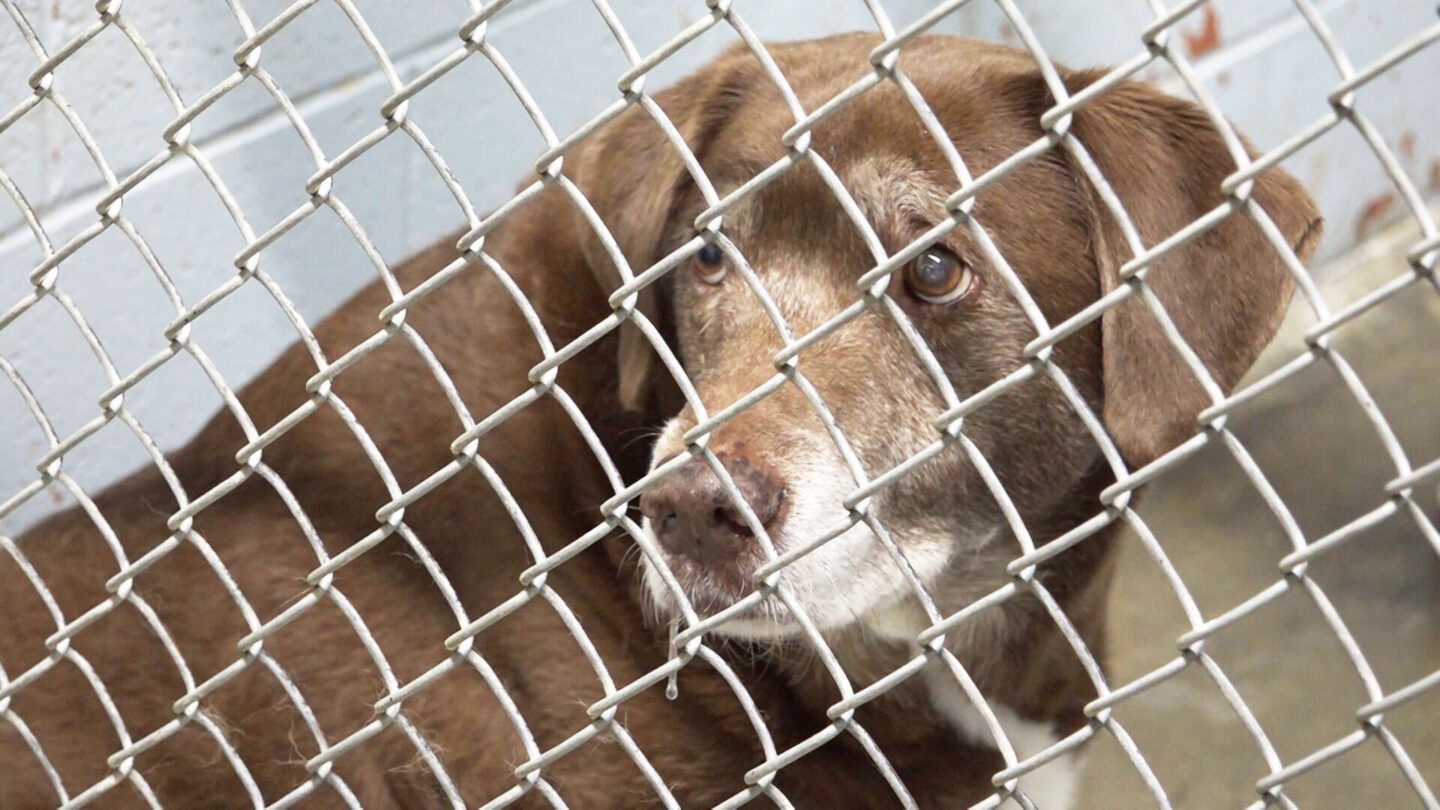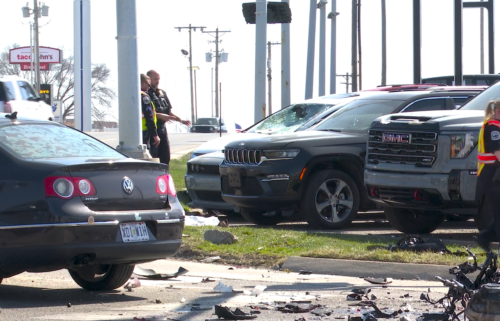Combating a stray animal crisis in St. Joseph

By Kendra Simpson
You see them driving home from work, out on afternoon walks and posted all over social media. St. Joseph’s stray animal population grows every day and shows no sign of slowing down.
The St. Joseph Animal Shelter takes in hundreds of cats and dogs every month. Surprisingly, about half of these animals have owners, but because they have no license, microchip or identification, they are forced to wait at the shelter, hoping their owners will come to take them home.
“Try to keep your information up to date because that’s what we struggle with is we have a dog, we know it has an owner, but we have no way to reach out to that owner,” said Steve Norman, senior animal control officer. “So then the animal has to sit here … Most of the animals we have are not just strays that we don’t know who belong to, usually half of them are animals we know who they belong to. We just can’t find them.”
Currently, the animal shelter is working on a new field service program that would allow officers collecting stray animals to scan their microchips out in the field and return the animals to their homes rather than first taking them back to the shelter. This could potentially cut down 10% of animals brought into the shelter. Norman said this technology is in the works but is not yet ready to be utilized in the field.
Several stray animals end up on the multiple Facebook group pages dedicated to reuniting lost pets with their owners such as St Joseph MO lost and found pets, “LOST AND FOUND St. Joseph Missouri Area Pet and “St Joe Area Pets ” LOST AND FOUND.” These pages include thousands of St. Joseph residents following along with posts about lost pets or sightings of stray animals throughout town. Some strays, like Cruella, are lucky enough to find homes through these pages.
After seeing her several times on the Facebook lost pet pages, Taylyr Daniels spent two months following the stray Shar Pei dog, Cruella, around St. Joseph, feeding her treats like hashbrowns and steaks, gaining her trust until she was finally able to bring her home.
“She trusted nobody when I started,” Daniels recalled. “So it was very hard for me to, you know, get close to her or even give her treats or, you know, just any kind of love and compassion because I think she had just kind of really been through it.”
After checking Cruella’s microchip, Daniels learned the dog had been abandoned by her two previous owners, the first being from Pennsylvania. Cruella’s first owner bought her from a local puppy mill but was unable to care for her and returned her back to the mill. Cruella was then sold to her second owner but was found later wandering St. Joseph alone. Daniels took it upon herself to take Cruella home and give her a new chance at life.
“I would just go to the same spot and just visit her from a distance, you know, as, as much as she would allow me to,” Daniels said. “And finally, one day, she took a treat for my hand, and we just kind of got closer and got closer.”
“We got her all of their chip information and our name and she’s 100% legally ours,” Daniels said. “She is off the streets. She went from living in alleys to cul de sacs, and she has the biggest backyard with a huge fence.”
However, not every dog is as lucky as Cruella. Several strays remain just that until someone adopts them or takes them to the animal shelter. But since adopting every animal in the shelter is not plausible for most St. Joseph residents, there are ways to alleviate the shelter’s load and keep pets safe at home:
Spaying or neutering pets will prevent unwanted litters and decrease the stray animals on the street
Ensuring pet license and microchip information is up to date can help them get home faster if they do get out
Leashing pets or keeping them in an enclosed space when possible
In hopes of reducing the number of unidentified stray animals on the street, the animal shelter has made it as easy as possible to microchip your pets.
“I can’t stress enough that having your animal identified (is essential),” Norman said. “We offer microchips for $7.50 with an adoption. If you walk in the front door and want one, that’s $10 and you get a one-year free registration with that and then we always maintain the record. So any time you move, need to change your phone number, email address, anything like that, we’ll do it for free.”
Whether it be by microchipping a pet, adopting one from the shelter or rescuing an animal on the street, it will take the effort of the community to keep the stray population at bay.
“Let’s find homes for the ones that are here now instead of keep producing and keep having more, because the shelters can’t keep up,” Daniels said. “And when the shelters can’t keep up, they go to the streets or worse. Everybody should rescue a dog. It just it brings so much joy and it sounds selfish, but it gives you something too, you know?”



